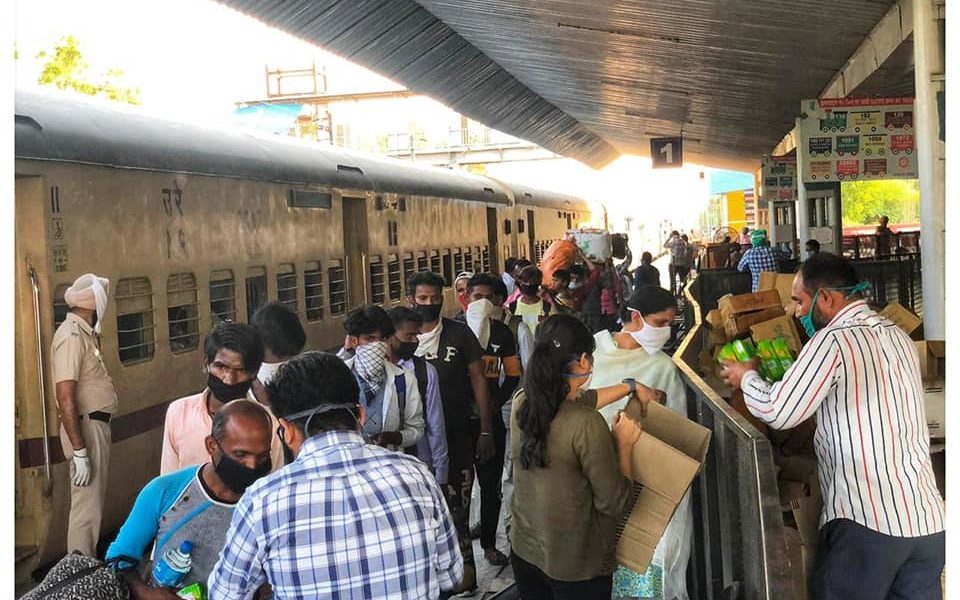By Manshi Asher & Himshi Singh
In the third week of April, India’s raging pandemic’s second wave burst onto our phone screens with aerial images of burning pyres in crematoriums. Not very far away in the upper reaches of Pangi in Himachal, temperatures hit a sudden low due to heavy snowfall. Five migrant workers lay huddled in blankets on the floor of a public toilet of a local bus stand. They were among a group of 20 who had just entered the area to work for a contractor. They were ‘isolated’ after they tested positive for COVID-19.
Hundreds of workers moving up from the plains to the mountain areas like Ladakh and Himachal are undergoing multiple tests, but there seems to be no plan or health infrastructure for those infected. This shocking absence of preparedness comes after having gone through the first wave of COVID-19, after months of lockdown that gave the government enough time to prepare ‘COVID care facilities’, after two lakh lives reportedly gone, after millions of migrant workers lost their livelihoods and shoved into a spiral of poverty. We are transported back again to the same time last year. Only this time, it is a tsunami and those on the surface, gasping for air, are not the working class.
Migration in the mountains
In the mountains, the lives of migrant workers, like many other hidden realities, are tucked away in deep folds and crevices. Mainstream perception is that ‘migration’ here is always about movement from the mountain towards the plains. We see Paharis as ‘unexposed’, leaving arduous terrains, bereft of earning opportunities, in the search for a better life. But, unlike the neighbouring Uttarakhand with ghost villages, Himachal became a separate state way back in 1970, with far better services and household incomes which to an extent kept outmigration in the state comparatively lower. Read more
This article was first published in The Wire
The Wire Hindi | कोरोना की दूसरी लहर में हिमाचल के प्रवासी मज़दूरों का भविष्य फिर अनिश्चित हो गया है






